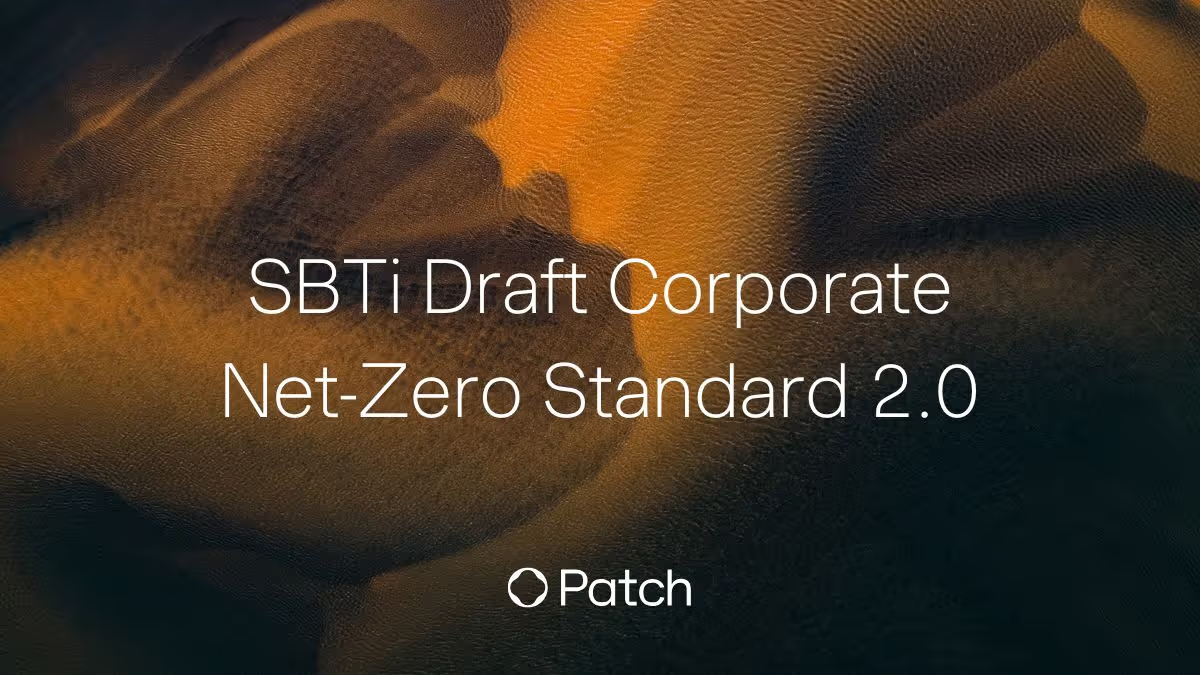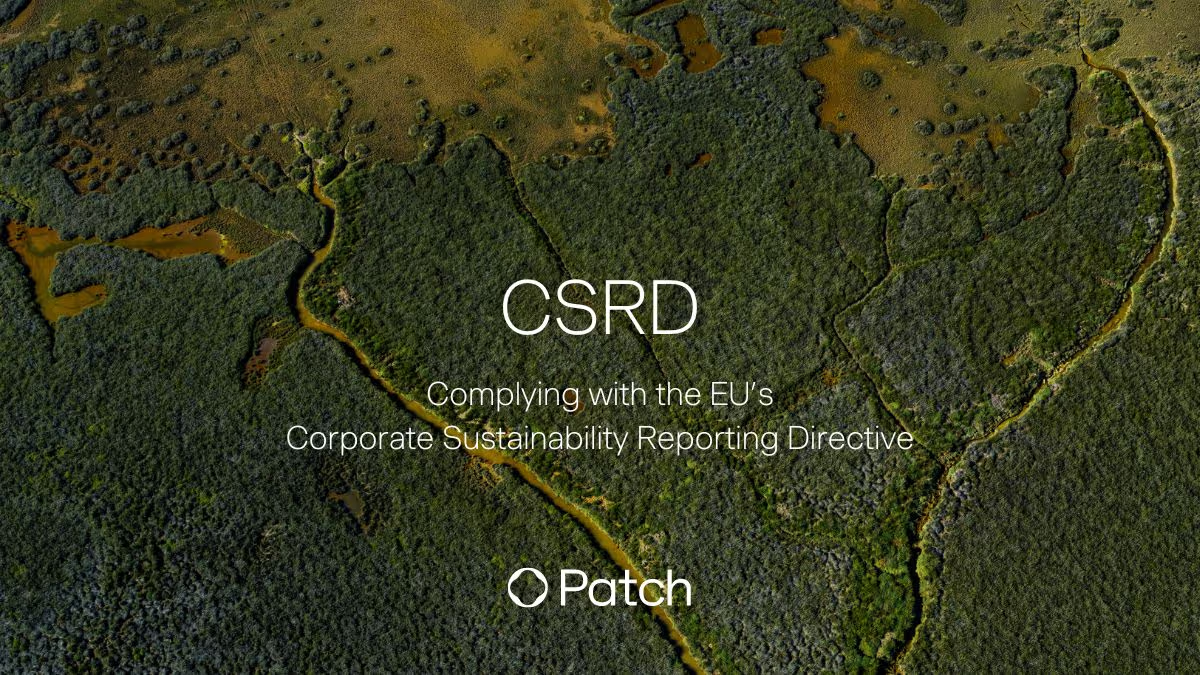I appeared as a guest on CNBC’s climate news show Sustainable Future after my recent trip to Davos.
The conversation on screen echoed so many conversations I had while in Switzerland. Why is there such a gap between the intention to take action on climate and the action itself? Why are we investing in carbon removal when we still have such a long way to go on emissions reduction? When will there be a global, consistent standard for climate disclosure?
You can watch the video for my (abridged) answers, but there was one question in particular I wanted to dig into in writing, since it comes up time and time again.
Why is there a gap between corporate climate intention and action?
When I brought up the disjunct between the intentions and actions of the business leaders I’d met with in Davos, host Steve Sedgwick’s initial response was, perhaps understandably, to blame it on classic corporate hypocrisy. After all, how could the world’s most powerful companies have any reasonable excuse for not acting faster?
In my day-to-day role as CEO of Patch, it’s not surprising to me at all. I hear from heads of sustainability regularly that they struggle to implement their climate strategies. The journey from intent to action has two main obstacles that are both functions of the fragmented nature of corporate climate action:
- Standards and regulations are wildly varied or non-existent.
- Operationalizing a climate strategy is far too complex for most companies.
Fortunately, these problems are far from insurmountable — in fact, LEGO solved them both back in 1949.
Reading from the same instructions
There doesn’t exist a one-size-fits-all climate strategy. Since every company’s impact on the climate is unique, it’s incumbent on leaders to build unique climate action plans. But the science and policy that ought to guide these leaders’ choices is still relatively nascent. When companies search for direction, they find there are conflicting guidelines depending on where they’re headquartered or which organization they consult. These guidelines prescribe different actions — some are more stringent but sometimes costly, some seem more achievable but then appear in greenwashing headlines. Organizations with the most resources can hire or consult experts, but the rest are responsible for making their own individual decisions.
Unified climate action requires unified standards. In the LEGO analogy, we all need to be building from the same instruction booklet. Before they even shipped with the name LEGO, the “Automatic Binding Bricks” released in 1949 came with a catalog of suggested builds and the pieces required to make them. That’s what corporate climate leaders are looking for in 2023 — not so they can build identical strategies, but so they have a vision of what the end goal should look like from authoritative science and policy organizations.
We expect to see a lot of action on this front this year. ICVCM has announced they’ll release their Core Carbon Principles in the first quarter of 2023 after last summer’s public consultation. VCMI released their provisional Claims Code of Practice last year, and could release final guidelines as soon as this spring. As host Karen Tso pointed out in our conversation on CNBC, IFRS is developing a global standard for release in June. The SEC here in the US could adopt a version of its proposed rules this year as well.
These standards will help companies get over the first obstacle — knowing the right actions to take.
Putting the pieces together
The second problem is less intuitive because private capital typically moves faster than policy. Many companies find themselves paralyzed by the complexity inherent in assembling a climate strategy from piecemeal parts. Most emerging technologies in history start off likewise — lots of competing architectures that eventually get weeded out in favor of one or two winners. Think iOS and Android, with Windows Phone, BlackBerry, Palm, and Symbian falling to the wayside of history.
This will happen to climate technology as well, which would be fine if there weren’t such an urgent need for unified climate action today. We don’t have time for markets to gradually sort out infrastructure standards.
That’s the core problem we built Patch to solve: the complicated and fragmented system of corporate climate action.
As I said in the interview, 80% of that action must be emissions reduction. Patch has built a deep network of partnerships with carbon accountants, life cycle assessors (LCAs), and decarbonization strategists to help companies take that action.
But the other 20%, carbon removal, is where Patch makes it so much simpler for sustainability leaders to make an impact. The Voluntary Carbon Markets (VCMs) are responsible for a lot of the complexity we see paralyzing corporate climate action, and it’s not hard to see why. On the supply side, there are the technology projects themselves, there’s measuring, reporting, and verification (MRV), third-party auditors, ratings agencies, accreditors, standards and registries, and marketplaces like Patch. On the buyer side, there are the purchasers themselves, there are brokers, consultants, and capital allocators. And then there are end-consumers looking to take climate action on a transactional basis.
You can imagine both buyers and sellers taking a look at the market landscape and feeling overwhelmed with where to start. Only a handful of companies have the resources to take all of those operations in house. We saw a huge need for the software infrastructure to connect each of the various parties and operational processes using one platform.
In other words, we built a way for all the different types and sizes of LEGO bricks to connect. There are three main parts of the platform:
- Carbon marketplace: Our marketplace brings together the widest range of projects while aggregating the most information about each one, including MRV, ratings, accreditation, plus expert guidance from our team.
- Partner directory: We’ve built a network of over 35 partners to help with accounting, LCA, decarbonization strategy, ESG metrics, consultation, and much more.
- Patch API: Patch can connect consumers to projects through an API that seamlessly embeds climate action into any digital experience.
Making unified climate action part of everyone’s business
Every climate stakeholder is building toward a shared goal: slowing, stopping, and eventually reversing climate change. When all the pieces fit together and we can work from the same blueprint, there’s no question we’ll accomplish it. If you’re ready to take climate action, I’d encourage you to get started with Patch.






